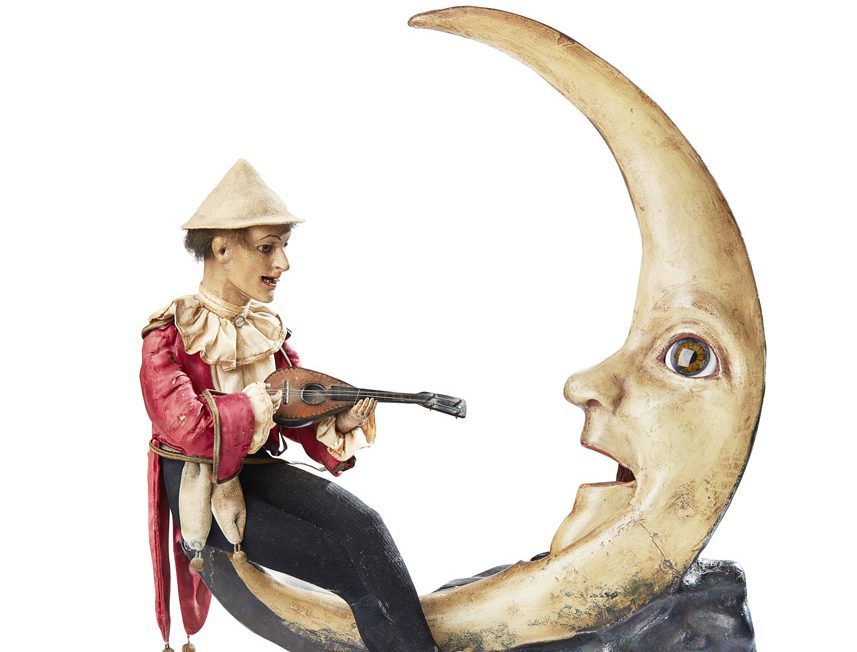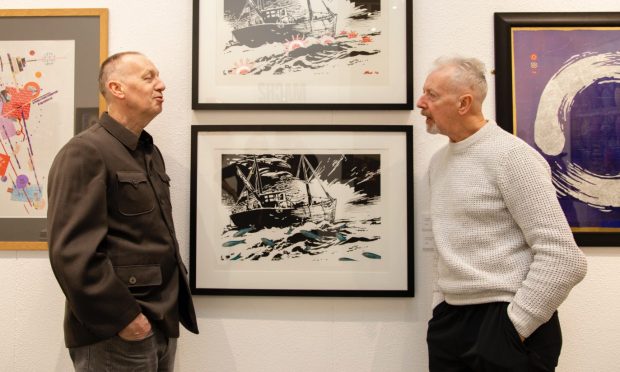EDINBURGH, on Wednesday, is the location and date of Lyon & Turnbull’s sale of fine furniture and works of art – but the talking point may be a small but exquisite collection of automatons assembled by The Who singer Roger Daltry and his wife Heather.
Many cultures have stories and myths associated with inanimate objects brought to life, an interest that continues today with our modern focus on the role of robots and artificial intelligence.
The ancient Greeks are reported to have used water and steam to produce movement in statues, and ancient Chinese folklore includes the tale of a life-sized mechanical man whose movements and actions were so convincing that, after being presented to the emperor, it had to be disassembled before his eyes to prove it was not a living being.
The word automaton comes from the Greek ‘automatos,’ meaning ‘acting of itself.’ It is this basic idea of an object driven by its own self-contained modus that is as compelling now as it was over 2000 years ago.
By the 17th and 18th centuries, advances in clockwork movements enabled specialist makers to create wondrous and apparently magical life-like machines which enthralled the courts of Europe. But Paris in the 19th century was the centre for the production of automata and the years 1860-1910 are considered to be the Golden Age. Many will remember the French bird automaton which introduced TV’s Going for a Song in bygone days.
A collection of these rare automata owned by Mr & Mrs Daltrey will be offered by L&T this week.
A highlight (illustrated) is the musical figure of Pierrot sitting on a crescent moon. The figure strums his lute, nods and sticks out his tongue while the moon blinks and moves his mouth. Made by Leopold Lambert, it is as captivating today as it was when it was made around 1890.
Measuring 46cm wide by 54cm, ‘Pierrot Donnant une Aubade À la Lune’ carries pre-sale hopes of £12,000-£18,000.
Another fine musical automaton figure in the sale is Gustave Vichy’s ‘The Tea Drinker’ c1890, estimated at £10,000-£15,000.
Such automata were not considered toys, but adult amusements. And increasingly they became attractions in the new department stores, on view to passers-by who would be drawn in and captivated by their novel actions.
Picture: Aubade À la Lune automaton, £12,000-£18,000 (Lyon & Turnbull).










